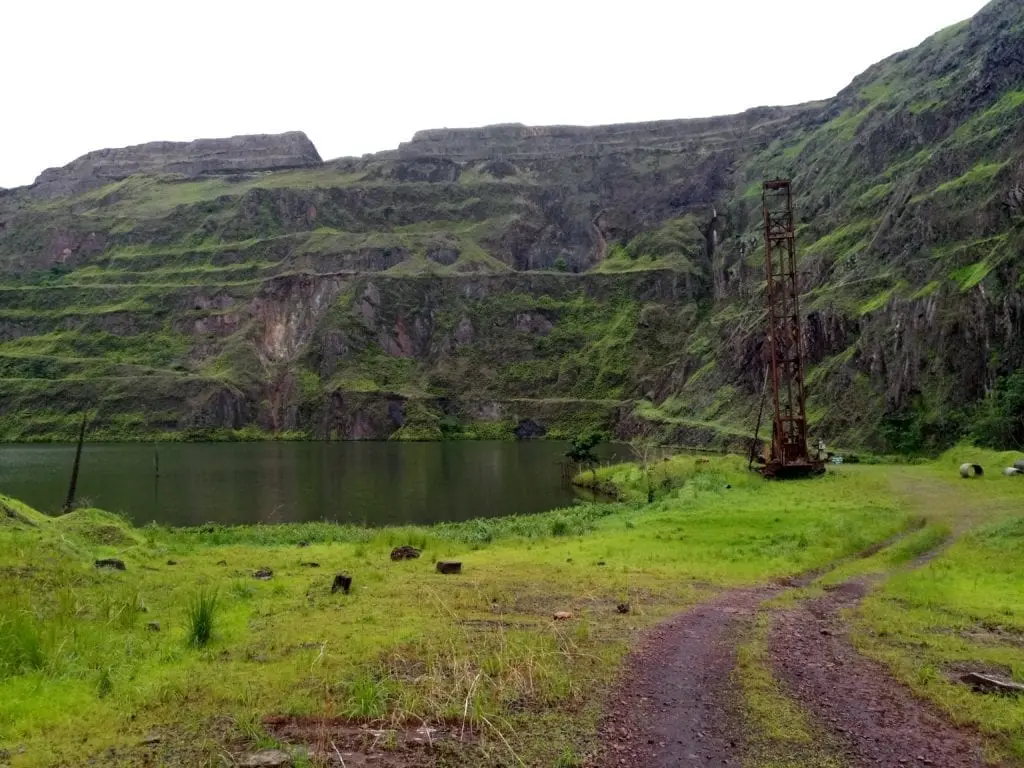Mount Nimba, a majestic mountain range situated on the border between Guinea, the Ivory Coast, and Liberia, stands as a testament to the breathtaking beauty and ecological significance of the West African region. This unique location not only serves as a natural boundary but also harbours a rich tapestry of biodiversity, making it a UNESCO World Heritage Site.
Geographical Overview
Mount Nimba rises to an impressive elevation of approximately 1,752 metres (5,748 feet) above sea level, dominating the landscape with its lush greenery and rugged terrain. The mountain range forms a natural border between Guinea to the north, the Ivory Coast to the southwest, and Liberia to the southeast. The summit of Mount Nimba offers panoramic views of the surrounding areas, showcasing the diverse landscapes of these three West African nations.
Ecological Diversity
One of the most remarkable features of Mount Nimba is its exceptional biodiversity, earning it the status of a UNESCO World Heritage Site in 1981. The A mountain is home to a plethora of plant and animal species, many of which are endemic and found nowhere else on Earth. The diverse ecosystems include montane forests, grasslands, and savannahs, creating a mosaic of habitats that support a wide range of flora and fauna.

The rich biodiversity of Mount Nimba includes numerous species of mammals, birds, reptiles, and amphibians. Notable inhabitants include the Nimba otter shrew, the viviparous toad, and the Western chimpanzee. Bird enthusiasts can delight in the presence of over 200 avian species, including the white-necked rockfowl, also known as the yellow-headed picathartes.
Environmental Challenges and Conservation Efforts
Despite its ecological significance, Mount Nimba faces various environmental challenges, primarily due to human activities such as mining, agriculture, and logging. These activities pose threats to the delicate balance of the mountain’s ecosystems and the survival of its unique flora and fauna.
Recognizing the importance of preserving Mount Nimba’s biodiversity, conservation initiatives have been implemented by both local and international organisations. Protected areas and national parks have been established to safeguard the mountain’s ecosystems, and efforts are underway to raise awareness about sustainable practices among local communities.
Cultural Significance
Mount Nimba is not only a natural wonder but also holds cultural importance for the indigenous communities living in the surrounding areas. The mountain is often considered sacred, with local myths and legends woven around its towering peaks. It has been a source of inspiration for traditional rituals and ceremonies, connecting the people to the land and its unique biodiversity.
Mount Nimba, standing proudly at the intersection of Guinea, the Ivory Coast, and Liberia, is a testament to the beauty and ecological richness of West Africa. Its diverse ecosystems, unique flora and fauna, and cultural significance make it a site of global importance. As the region faces environmental challenges, the need for sustainable practices and conservation efforts becomes crucial to ensuring the preservation of Mount Nimba’s natural heritage for future generations.


